Do you know that the oldest oven recently discovered in Croatia is almost 6500 years old? So, the human race has been baking for a long, long time. Today, knowing how to bake properly is considered as a form of both art and science.
A baker has to carefully maintain the right proportions of the ingredients he has been using. He must also know the function of ingredients in baking, but unfortunately, this is often a very neglected subject. Do you also want to know more about these functions? Then carry on reading!
The Function of Flour
An essential ingredient for baking is flour. It is the granulated element that is found after crushing and powdering different grains. You will find different types of flours available in the market. The difference mainly comes from the range of protein each of them contains.
Protein is the key substance that holds the gluten strength of these flours. Different flours have different gluten strengths, which makes them distinctive from each other. Gluten helps the dough to maintain its shape and form by acting as a glue.
Now let’s discuss a bit about different types of flours:
Bread Flour
Bread flour is a hard flour that contains a very high amount of protein, usually around 12%, which gives it more gluten-strength than the other flours.
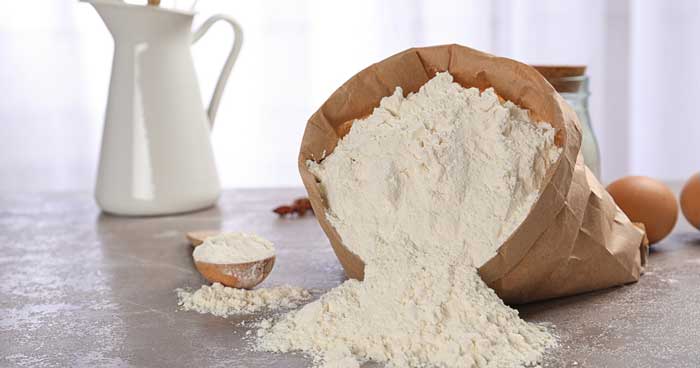
There’s also variety in bread flours, which is determined by the percentage of protein present in the flour. These flours have a cream-colored texture and are more granulated than others.
Cake Flour
These flours are usually used for baking softly baked items like cake and pastry. They have the lowest gluten-strength due to the presence of lesser proteins than the other flours, which is usually around 7.5%.
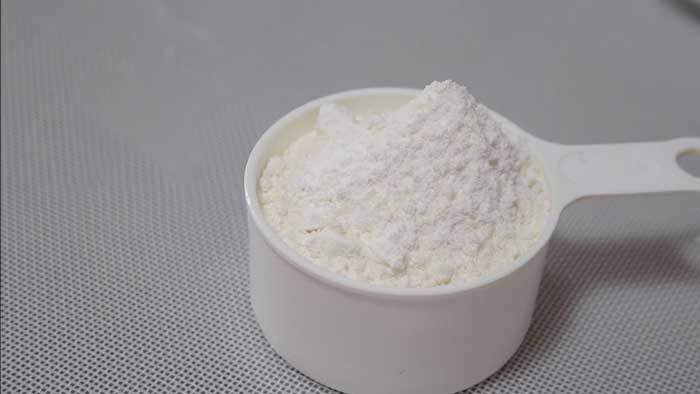
Cake flours are granulated out of soft white wheat, that is why they are so soft and helps to make cakes and pastries which are so flakey and delicate in texture.
All-Purpose Flour
This flour is made by the mixture of both bread flour sources and cake flour sources. And this gives the flour a medium gluten-strength, which is around 10.5 percent.
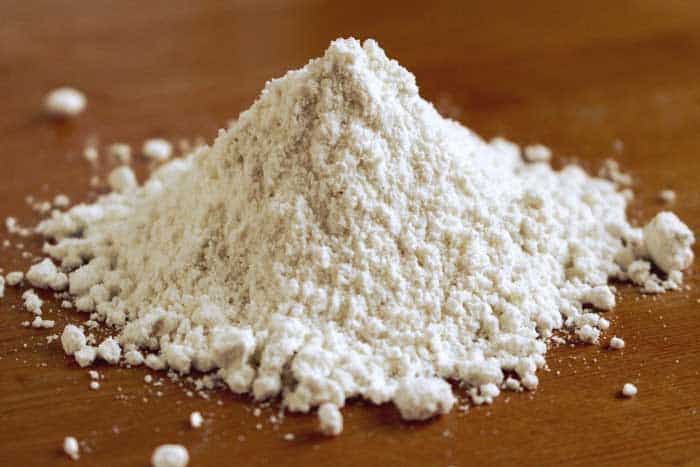
It is an all-purpose one. You can bake anything with it. Still, some people advise it not to use for baking cakes or pastries. You can keep it available at your kitchen for its versatile usability.
Whole Wheat Flour
If you prefer nutrition over taste, then this flour is for you. It has a distinctive taste. Whole wheat flours contain all three main parts of the grain, i.e., bran, germ, and endosperm; that’s why it is so nutritious.
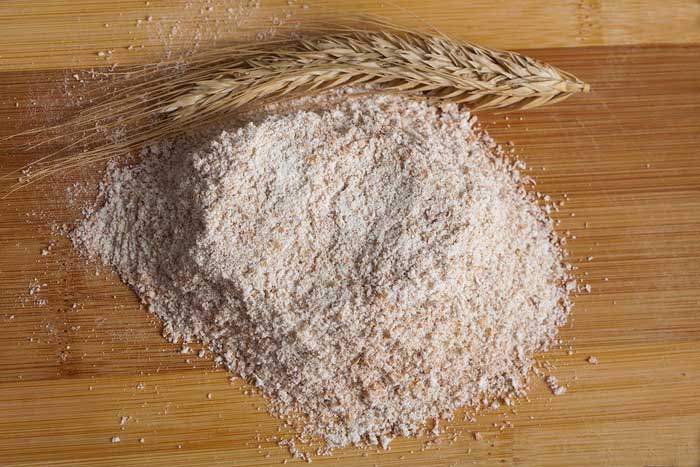
But be careful of storing it for a longer time, it doesn’t last much longer for the presence of germs in it. The loaves of bread made out of this flour are smaller and thicker than the others.
Self-Rising Flour
This flour is usually used for baking fluffy items like sponge cake, muffin, etc. You don’t need to add any other leavening agents, because the baking powder and salt are already proportionately mixed with it.
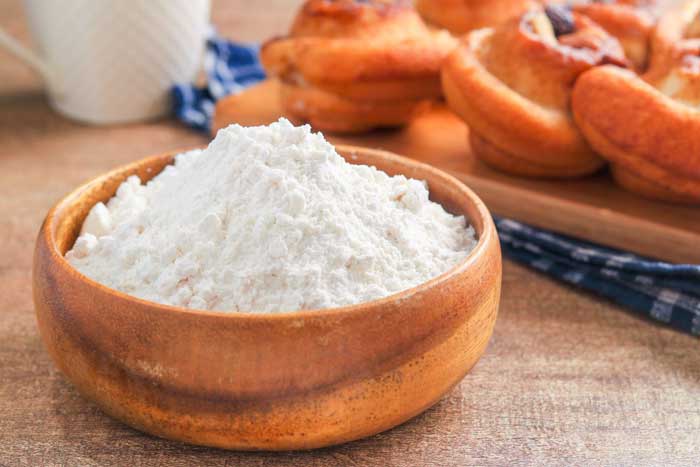
And you can even make your self-rising flour at home easily. The recipe is easy. With one cup of flour (125 g), add one teaspoon of baking powder, and one pinch or less salt, you’ll have made self-rising flour. That’s all.
Rye Flour
This gluten-free flour is made out of rye seeds—many like it for its unique flavor. Rye flours are often mixed with wheat flours for baking bread. It is normally used for adding flavor to the baked item.
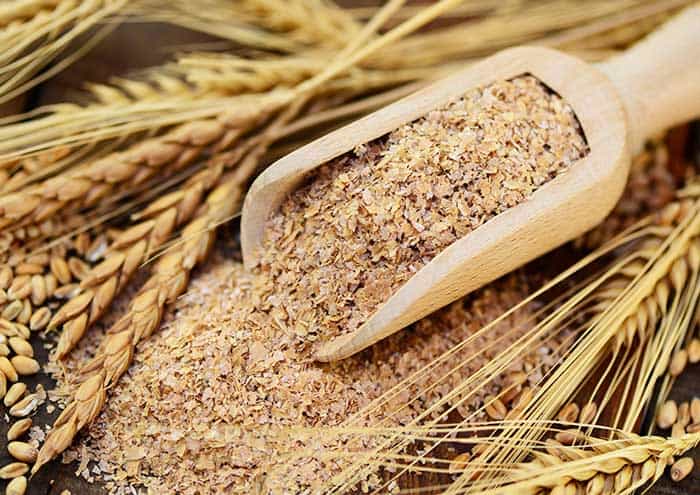
There are usually two types of rye flours white rye and dark rye. The key difference between them is the amount of bran present in the flour after grinding ryes. If you have more bran, you have more nutrients.
Other Flours
Corn flour, rice flour, soy flour, potato starch, buckwheat, oat flour, triticale flour, starch flour, etc. are some other flours used for baking. Most of them are low in gluten, although they have different nutritional values.
The Function of Leavening Agents
According to Wikipedia, a leaving agent is “one of many elements used in doughs that cause a foaming action which softens the mixture.”
Baking powder, baking soda, and yeast – these are the common leavening agents you will find in the market. Baking powder and baking soda are “chemical leavening agents”, whereas yeast is a living organism.
Baking Powder and Baking Soda
They both react to acid and produce carbon dioxide, which causes bubbles in the dough and makes it fluffy.
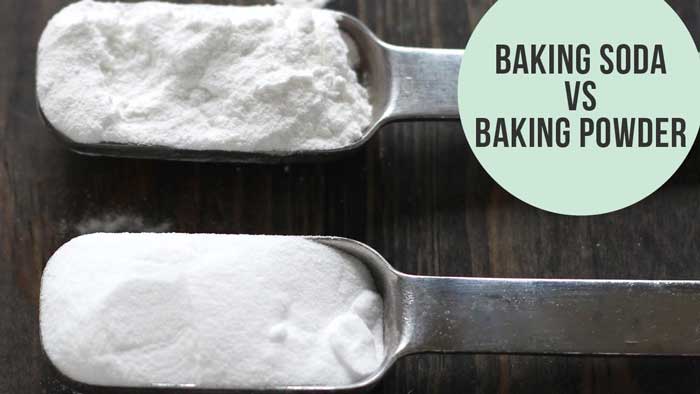
Yeast
There are two types of yeast: dry and compressed. Yeasts react with the sugar present in the dough and produce carbon dioxide, thus makes tiny air pockets all over the dough. These living things die with the heat of baking.
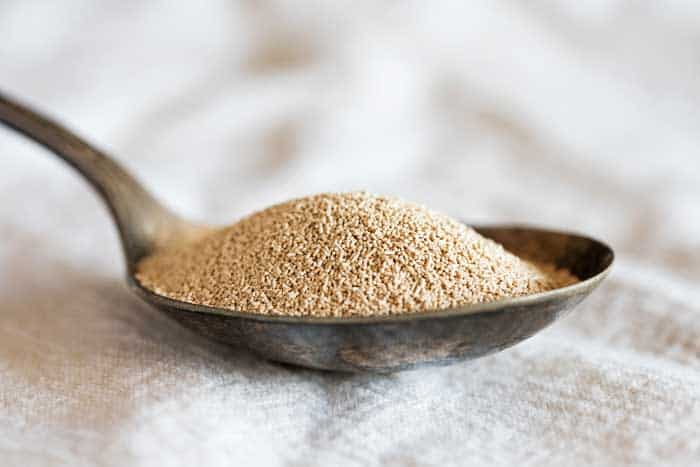
The Function of Egg
Eggs are leavening agents; they have important roles to play in baking almost every bakery item. The yolk and the white part both have different functions.
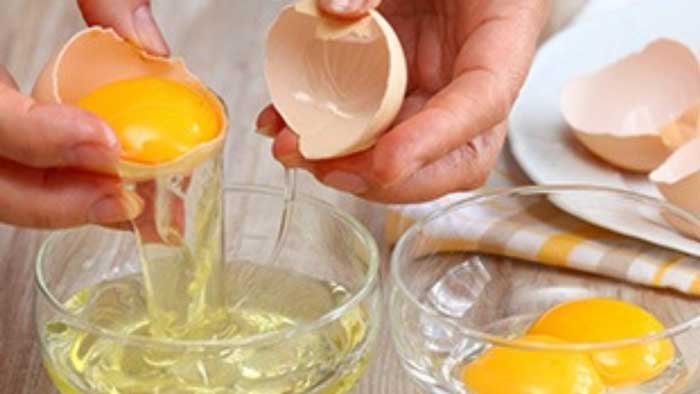
Some of the functions of the egg are:
- Adds flavor and a nice color
- The proteins present in the yolk of an egg helps to provide a tender structure to the item
- Provide liquid to the dough, which helps to keep the other ingredients to not get dry
- While beating an egg, some air merges with it, which makes the mixture a bit lighter
- Blends fat with the other liquid ingredients
- One can use the yolk and the white part separately on different recipes
The Function of Fats
Fats help to keep the tenderness of finished baked items. It surrounds the glutens present in the dough and prevents them from combining. Fat is also used for fluffiness and the sweet aroma it adds to the final baked good.
These substances help to make the product light, yet great in volume. Fats also help us to chew and swallow our baked items more smoothly by oiling them. Some commonly used fats for baking are oil, butter, margarine, shortening, etc.
The Function of Sweeteners
Table sugar, honey, saccharine, caramel, molasses, etc. are some of the sweeteners often used for baking. They each have distinctive forms of sweetness.
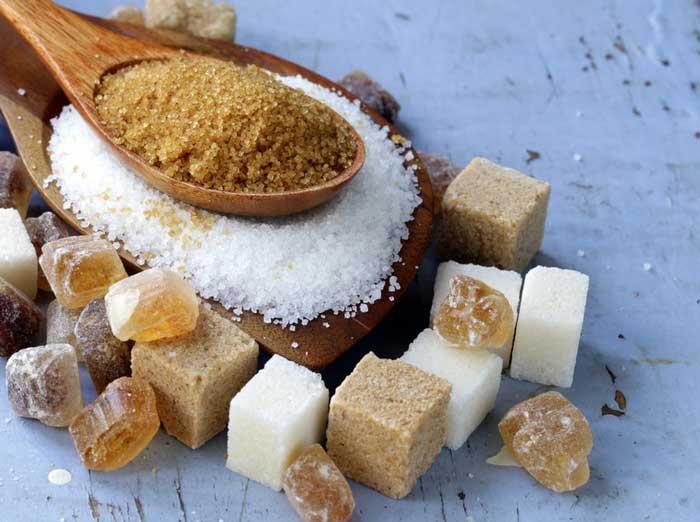
But commonly what they do are
- Intensifies the flavor
- Makes the outer layer of hard-baked goods crusty
- Gives the item a tender brownish color
- Increases the lifespan of the baked items by holding moisture
- Tenderizes by holding the gluten from forming
- Yeasts use some sweeteners as their food and generate carbon dioxide, which makes the product fluffy
The Function of Salt
Some may wonder what salt has to do with sweet baking items? Well, along with the sugar, they enrich the flavor and sweetness of a baked item.
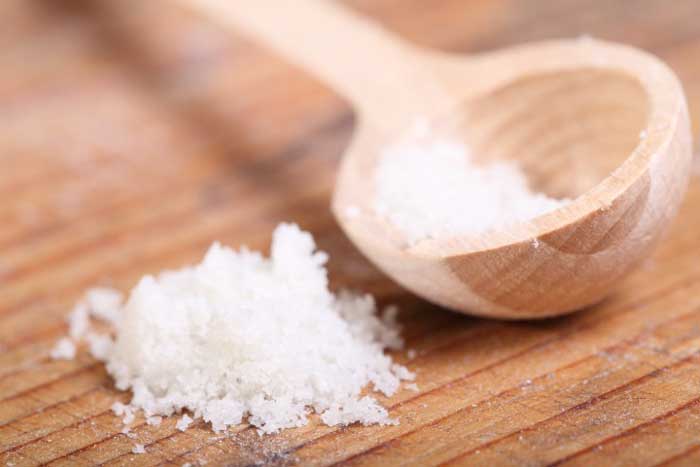
In yeast doughs like bread, it controls the effect of yeasts and doesn’t let the dough to rise rapidly. It causes the bread to shape nicely.
The Function of Liquids
Liquids such as water, milk, and juice have different roles to play.
- They help to reach the flavor throughout the baked good
- Milk and juice add some more and distinctive flavors to the baked item
- Gives different textures to doughs of different items
- It makes the yeasts present in the dough to hibernate
- They contribute to the moistness of a product
- Valuable nutrients are added by mixing milk to the dough
- Milk also helps the product to stay fresh for a longer period
- They are also responsible for creating air pockets while they evaporate during baking
Conclusion
See? There’s no “Abracadabra” in baking! It’s all science, and playing with this science makes it a form of art. We hope you’ll keep in mind the function of ingredients in baking the next time you are in the kitchen.
Enjoy your baking!

